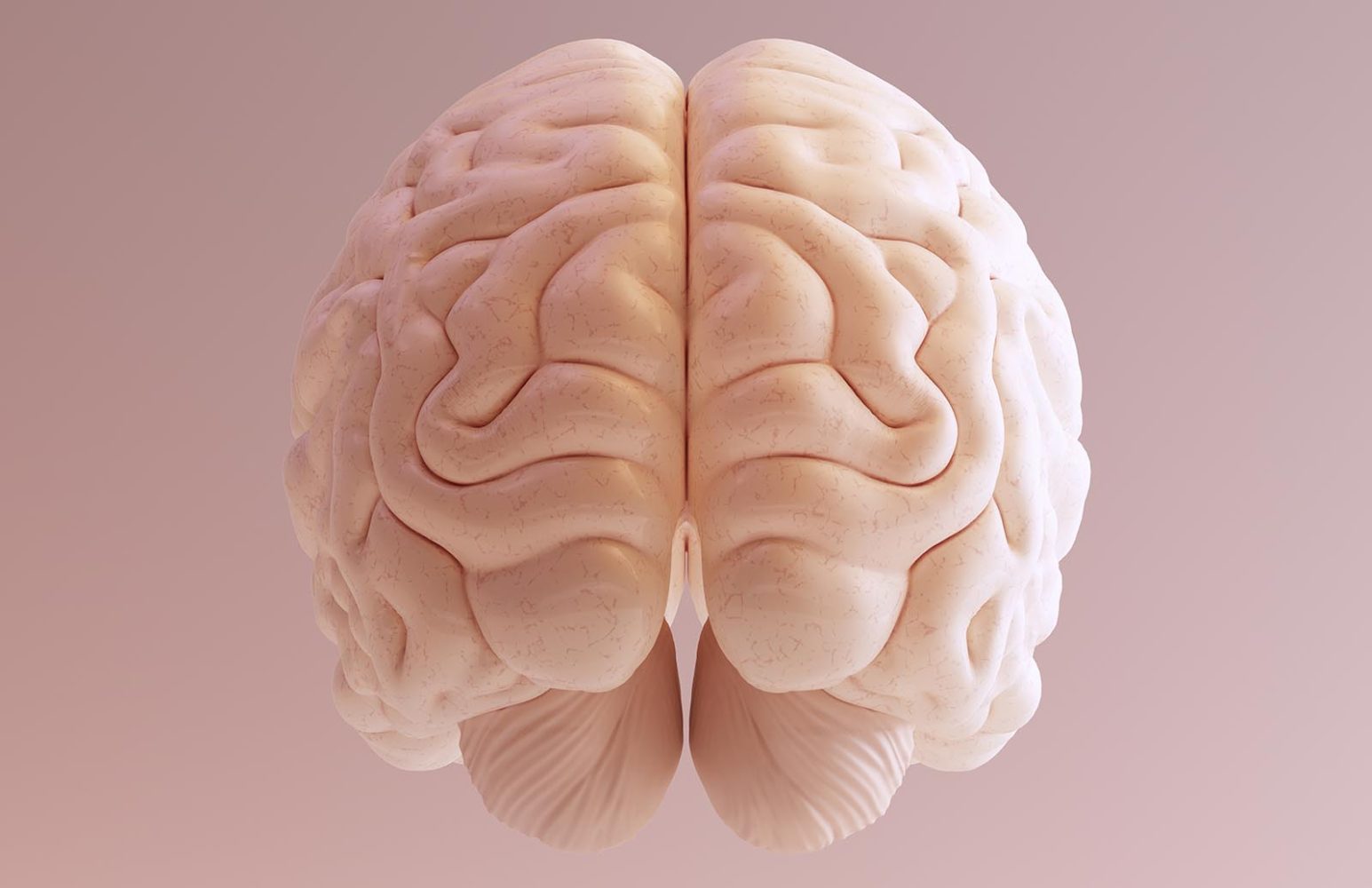The human brain is one of the most complex structures in nature, but the brain’s origins stretch back hundreds of millions of years. A new study using AI deep-learning models has revealed more about brain evolution over the past 320 million years, providing new insights into the forces that shaped intelligence and cognition across species.
Researchers used deep-learning models to analyze brain cell regulatory codes in humans, mice, and chickens. By decoding genetic instructions that determine how brain cells function, scientists found that some neural types have remained almost unchanged for over 320 million years while others evolved in entirely different ways.
The new study published in the journal Science mapped how different brain cells are regulated across species. Some genetic regulatory switches, which control how genes are turned on or off in the brain, have been conserved through millions of years of evolution. Others have diverged, shaping species-specific differences in cognition, memory, and behavior.
One of the most striking findings was that some neurons in bird brains share regulatory codes with deep-layer neurons in the mammalian neocortex—the part of the brain responsible for higher cognitive functions like reasoning and problem-solving. This suggests that despite differences in brain structure, birds and mammals may share evolutionary pathways that support intelligence.
AI models also allowed researchers to compare genomes across species, pinpointing which genetic regulatory codes have remained stable and which have evolved to fit different environmental and behavioral needs. This has provided us with an unprecedented look into the brain’s evolution over millions of years.
Beyond evolutionary insights, this research has major medical implications. Scientists can now use these AI-powered models to explore how genetic mutations affect brain function, potentially unlocking new treatments for neurological disorders like Alzheimer’s.
Since these models can predict which genetic variants are linked to mental traits and cognitive diseases, they could be used to screen genomes and identify risk factors for brain-related conditions in both humans and animals. As scientists use these AI deep-learning models to dig further into the history of brain evolution, we can uncover even more invaluable information.
The post AI deep-learning models show us how the brain evolved over 320M years appeared first on BGR.
Today’s Top Deals
71 best cheap Apple deals under $100
Best deals: Tech, laptops, TVs, and more sales
Amazon gift card deals, offers & coupons 2025: Get $475+ free
Today’s deals: $149 AirPods 4 with ANC, 20% off Crest 3D White toothpaste, $18 Roku Express, more
AI deep-learning models show us how the brain evolved over 320M years originally appeared on BGR.com on Mon, 24 Feb 2025 at 18:36:00 EDT. Please see our terms for use of feeds.
